Josep Crego
Optimizing example selection for retrieval-augmented machine translation with translation memories
May 23, 2024



Abstract:Retrieval-augmented machine translation leverages examples from a translation memory by retrieving similar instances. These examples are used to condition the predictions of a neural decoder. We aim to improve the upstream retrieval step and consider a fixed downstream edit-based model: the multi-Levenshtein Transformer. The task consists of finding a set of examples that maximizes the overall coverage of the source sentence. To this end, we rely on the theory of submodular functions and explore new algorithms to optimize this coverage. We evaluate the resulting performance gains for the machine translation task.
Retrieving Examples from Memory for Retrieval Augmented Neural Machine Translation: A Systematic Comparison
Apr 03, 2024Abstract:Retrieval-Augmented Neural Machine Translation (RAMT) architectures retrieve examples from memory to guide the generation process. While most works in this trend explore new ways to exploit the retrieved examples, the upstream retrieval step is mostly unexplored. In this paper, we study the effect of varying retrieval methods for several translation architectures, to better understand the interplay between these two processes. We conduct experiments in two language pairs in a multi-domain setting and consider several downstream architectures based on a standard autoregressive model, an edit-based model, and a large language model with in-context learning. Our experiments show that the choice of the retrieval technique impacts the translation scores, with variance across architectures. We also discuss the effects of increasing the number and diversity of examples, which are mostly positive across the board.
Towards Example-Based NMT with Multi-Levenshtein Transformers
Oct 13, 2023



Abstract:Retrieval-Augmented Machine Translation (RAMT) is attracting growing attention. This is because RAMT not only improves translation metrics, but is also assumed to implement some form of domain adaptation. In this contribution, we study another salient trait of RAMT, its ability to make translation decisions more transparent by allowing users to go back to examples that contributed to these decisions. For this, we propose a novel architecture aiming to increase this transparency. This model adapts a retrieval-augmented version of the Levenshtein Transformer and makes it amenable to simultaneously edit multiple fuzzy matches found in memory. We discuss how to perform training and inference in this model, based on multi-way alignment algorithms and imitation learning. Our experiments show that editing several examples positively impacts translation scores, notably increasing the number of target spans that are copied from existing instances.
BiSync: A Bilingual Editor for Synchronized Monolingual Texts
Jun 01, 2023Abstract:In our globalized world, a growing number of situations arise where people are required to communicate in one or several foreign languages. In the case of written communication, users with a good command of a foreign language may find assistance from computer-aided translation (CAT) technologies. These technologies often allow users to access external resources, such as dictionaries, terminologies or bilingual concordancers, thereby interrupting and considerably hindering the writing process. In addition, CAT systems assume that the source sentence is fixed and also restrict the possible changes on the target side. In order to make the writing process smoother, we present BiSync, a bilingual writing assistant that allows users to freely compose text in two languages, while maintaining the two monolingual texts synchronized. We also include additional functionalities, such as the display of alternative prefix translations and paraphrases, which are intended to facilitate the authoring of texts. We detail the model architecture used for synchronization and evaluate the resulting tool, showing that high accuracy can be attained with limited computational resources. The interface and models are publicly available at https://github.com/jmcrego/BiSync and a demonstration video can be watched on YouTube at https://youtu.be/_l-ugDHfNgU .
Bilingual Synchronization: Restoring Translational Relationships with Editing Operations
Oct 24, 2022



Abstract:Machine Translation (MT) is usually viewed as a one-shot process that generates the target language equivalent of some source text from scratch. We consider here a more general setting which assumes an initial target sequence, that must be transformed into a valid translation of the source, thereby restoring parallelism between source and target. For this bilingual synchronization task, we consider several architectures (both autoregressive and non-autoregressive) and training regimes, and experiment with multiple practical settings such as simulated interactive MT, translating with Translation Memory (TM) and TM cleaning. Our results suggest that one single generic edit-based system, once fine-tuned, can compare with, or even outperform, dedicated systems specifically trained for these tasks.
Non-Autoregressive Machine Translation with Translation Memories
Oct 12, 2022



Abstract:Non-autoregressive machine translation (NAT) has recently made great progress. However, most works to date have focused on standard translation tasks, even though some edit-based NAT models, such as the Levenshtein Transformer (LevT), seem well suited to translate with a Translation Memory (TM). This is the scenario considered here. We first analyze the vanilla LevT model and explain why it does not do well in this setting. We then propose a new variant, TM-LevT, and show how to effectively train this model. By modifying the data presentation and introducing an extra deletion operation, we obtain performance that are on par with an autoregressive approach, while reducing the decoding load. We also show that incorporating TMs during training dispenses to use knowledge distillation, a well-known trick used to mitigate the multimodality issue.
Joint Generation of Captions and Subtitles with Dual Decoding
May 13, 2022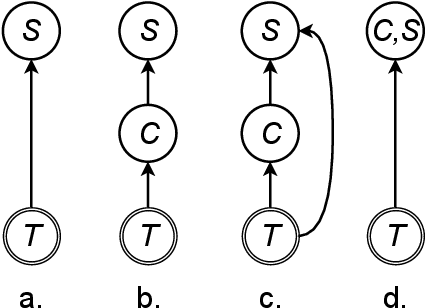

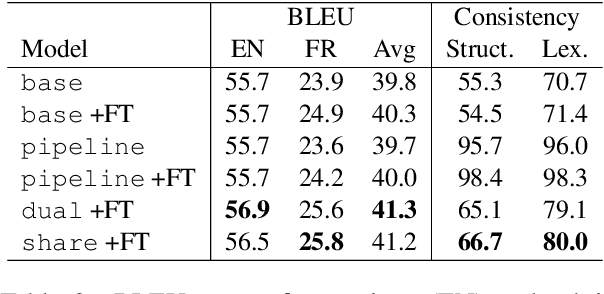
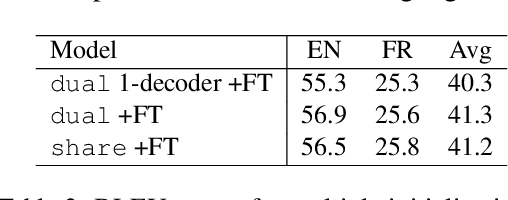
Abstract:As the amount of audio-visual content increases, the need to develop automatic captioning and subtitling solutions to match the expectations of a growing international audience appears as the only viable way to boost throughput and lower the related post-production costs. Automatic captioning and subtitling often need to be tightly intertwined to achieve an appropriate level of consistency and synchronization with each other and with the video signal. In this work, we assess a dual decoding scheme to achieve a strong coupling between these two tasks and show how adequacy and consistency are increased, with virtually no additional cost in terms of model size and training complexity.
Boosting Neural Machine Translation
Oct 03, 2017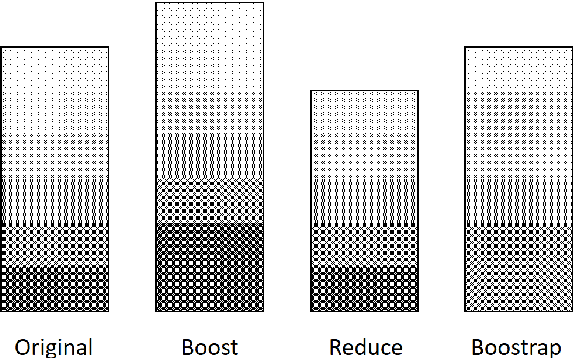

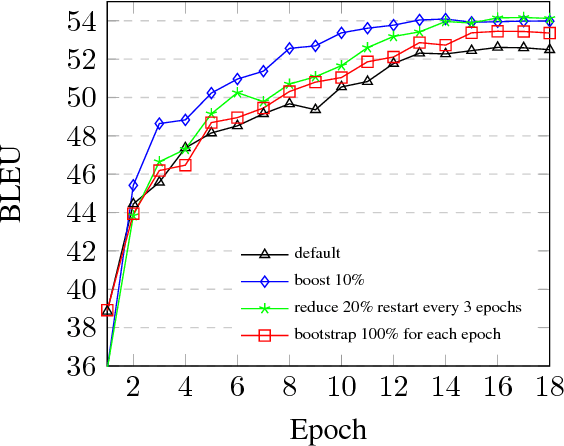
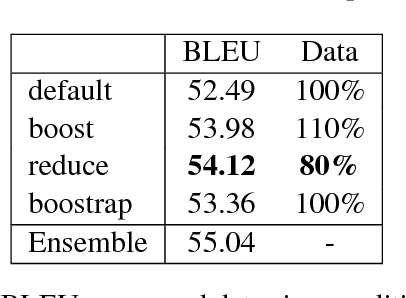
Abstract:Training efficiency is one of the main problems for Neural Machine Translation (NMT). Deep networks need for very large data as well as many training iterations to achieve state-of-the-art performance. This results in very high computation cost, slowing down research and industrialisation. In this paper, we propose to alleviate this problem with several training methods based on data boosting and bootstrap with no modifications to the neural network. It imitates the learning process of humans, which typically spend more time when learning "difficult" concepts than easier ones. We experiment on an English-French translation task showing accuracy improvements of up to 1.63 BLEU while saving 20% of training time.
OpenNMT: Open-source Toolkit for Neural Machine Translation
Sep 12, 2017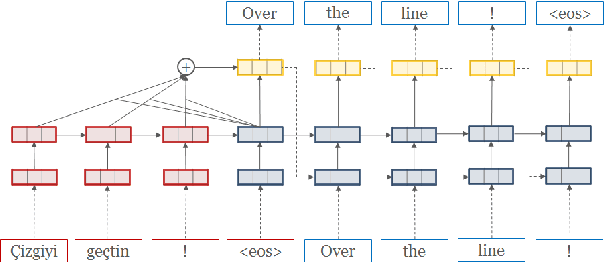
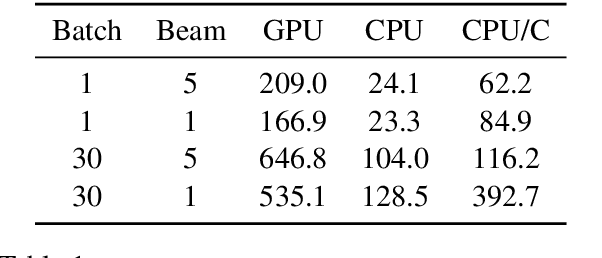
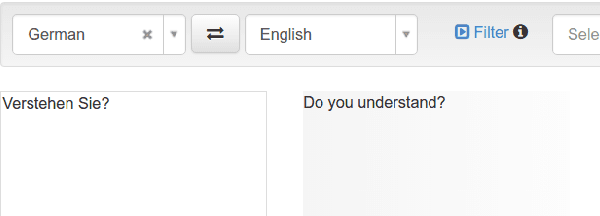

Abstract:We introduce an open-source toolkit for neural machine translation (NMT) to support research into model architectures, feature representations, and source modalities, while maintaining competitive performance, modularity and reasonable training requirements.
SYSTRAN Purely Neural MT Engines for WMT2017
Sep 12, 2017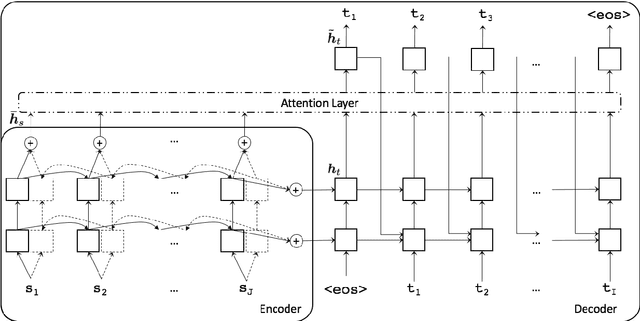
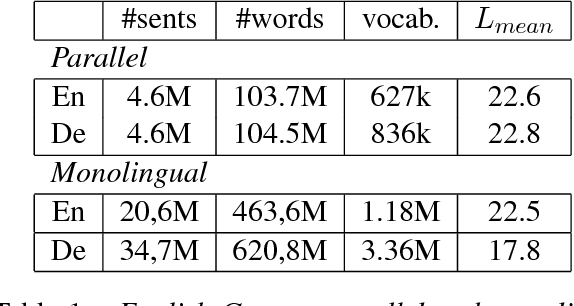
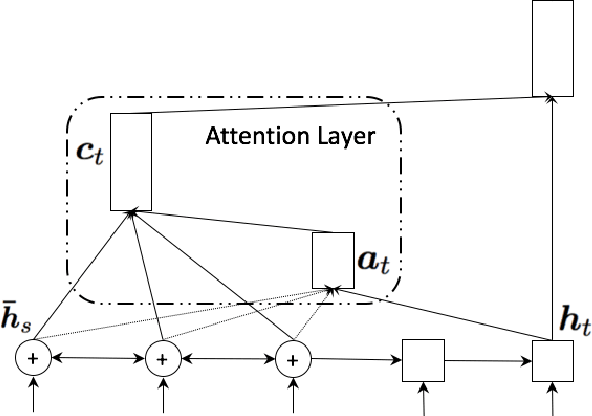

Abstract:This paper describes SYSTRAN's systems submitted to the WMT 2017 shared news translation task for English-German, in both translation directions. Our systems are built using OpenNMT, an open-source neural machine translation system, implementing sequence-to-sequence models with LSTM encoder/decoders and attention. We experimented using monolingual data automatically back-translated. Our resulting models are further hyper-specialised with an adaptation technique that finely tunes models according to the evaluation test sentences.
 Add to Chrome
Add to Chrome Add to Firefox
Add to Firefox Add to Edge
Add to Edge